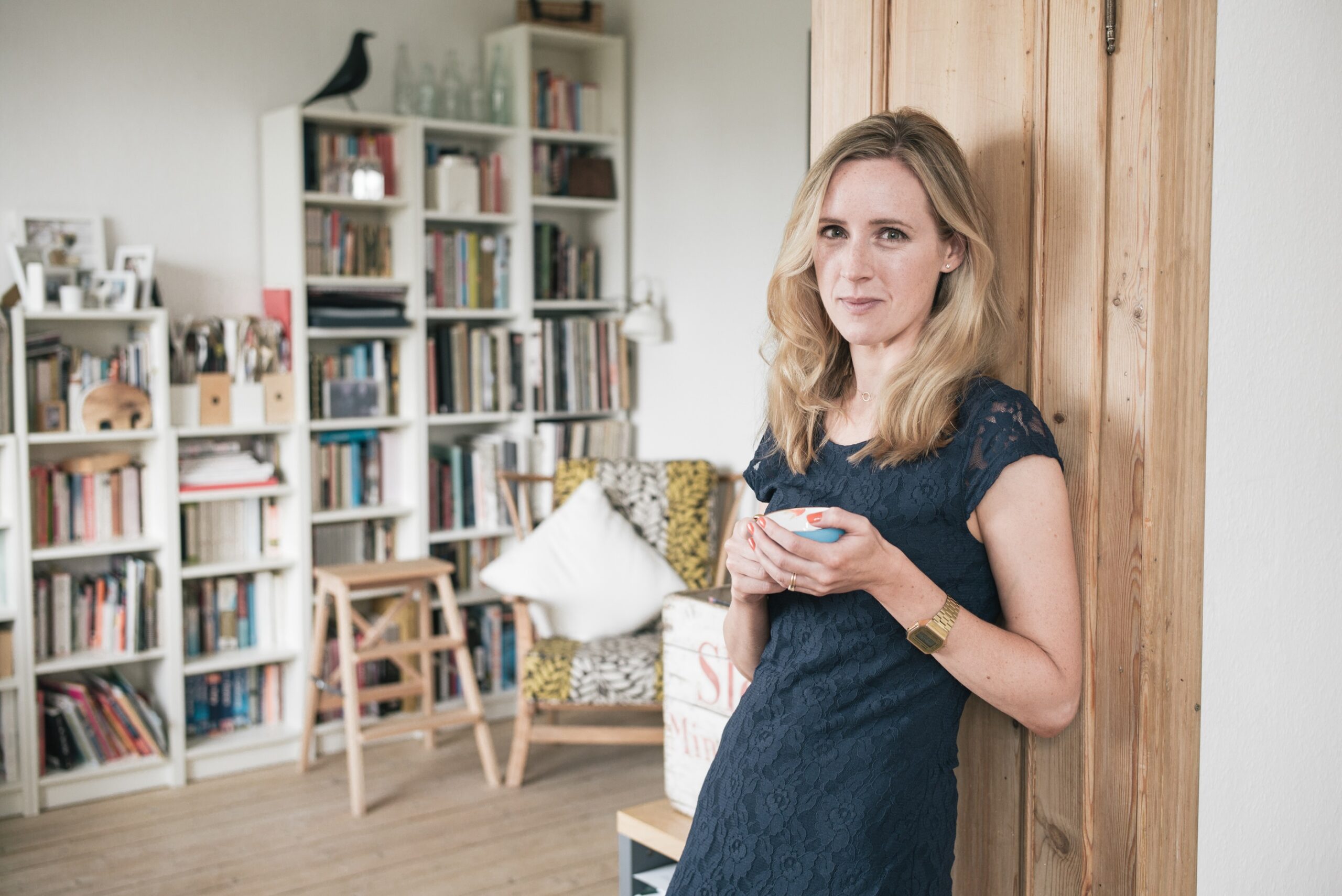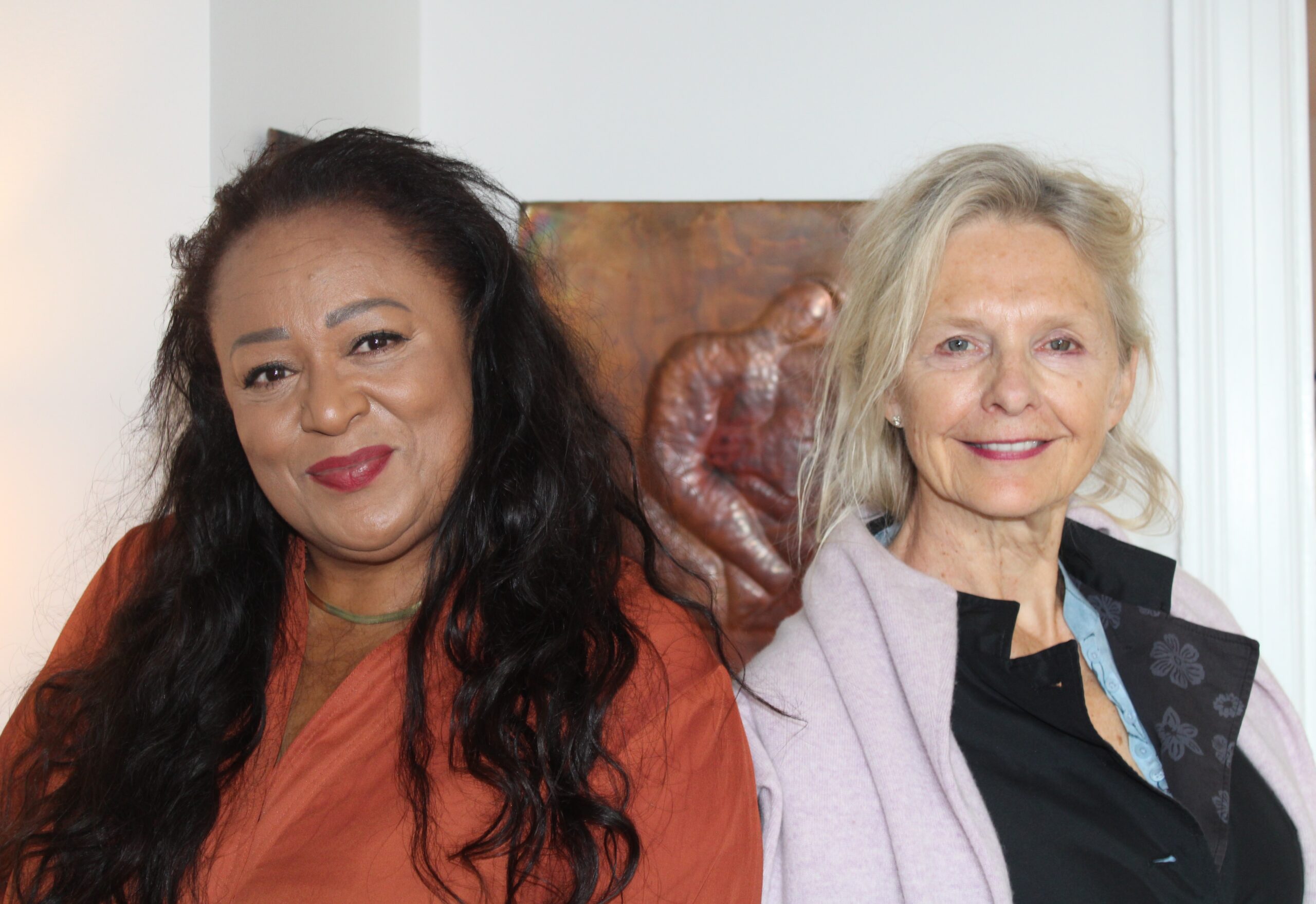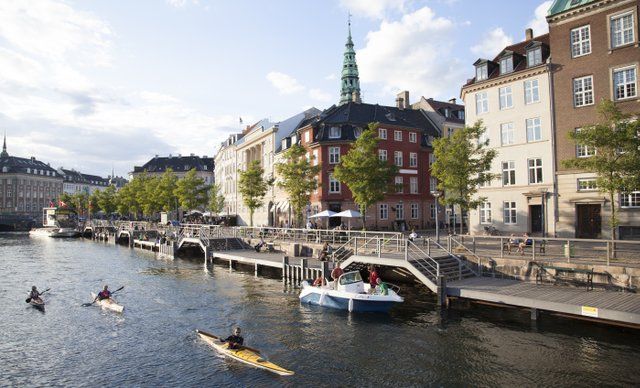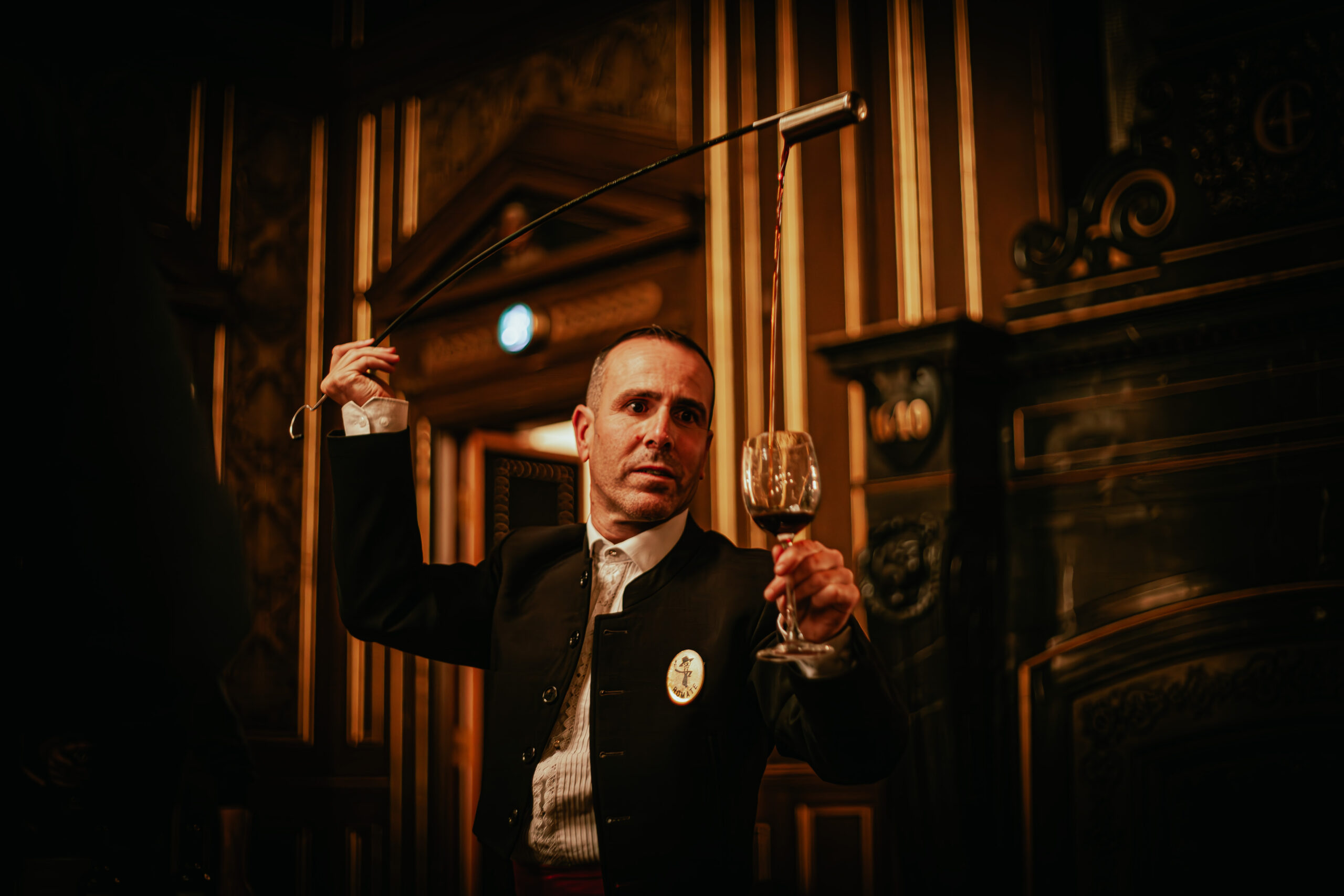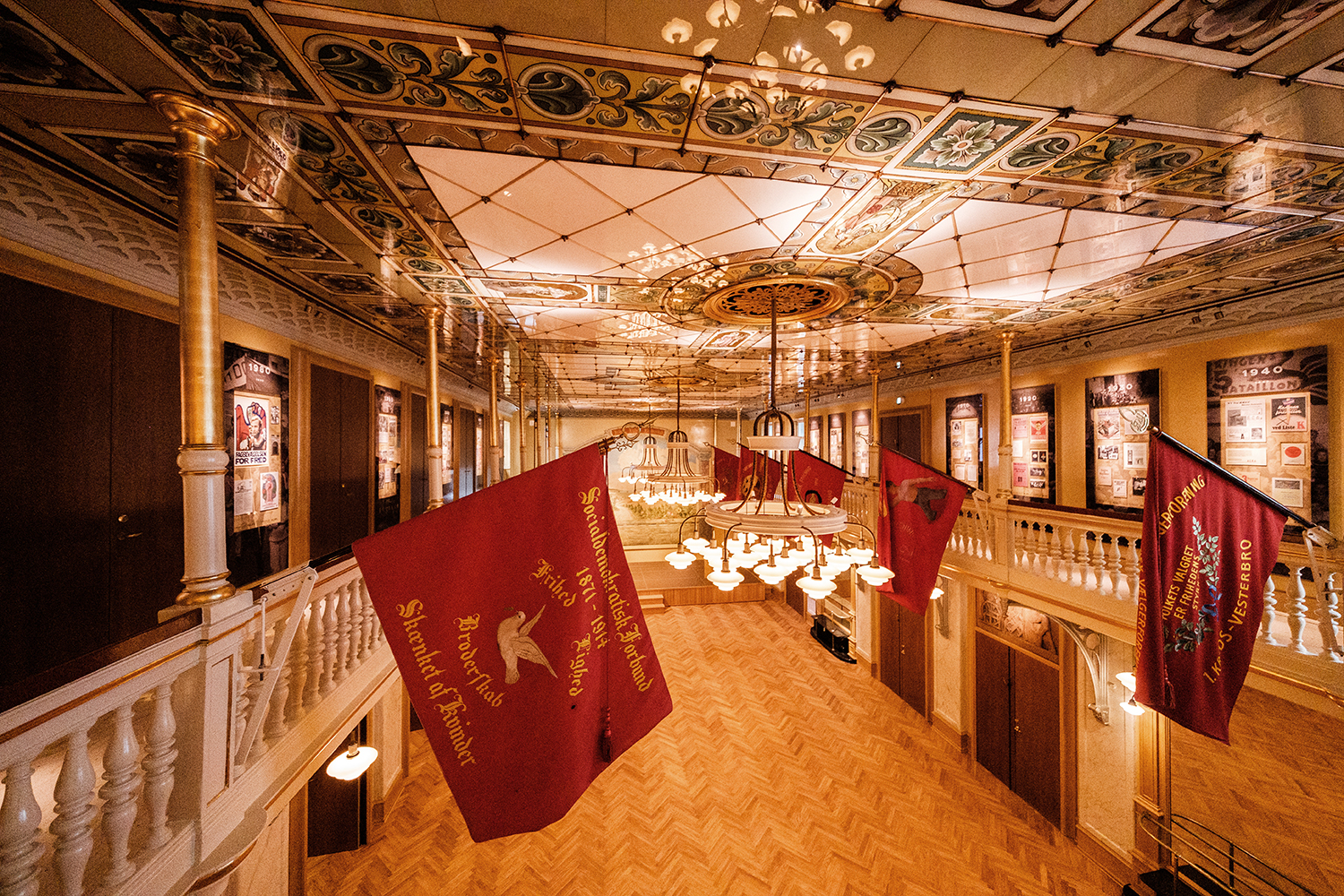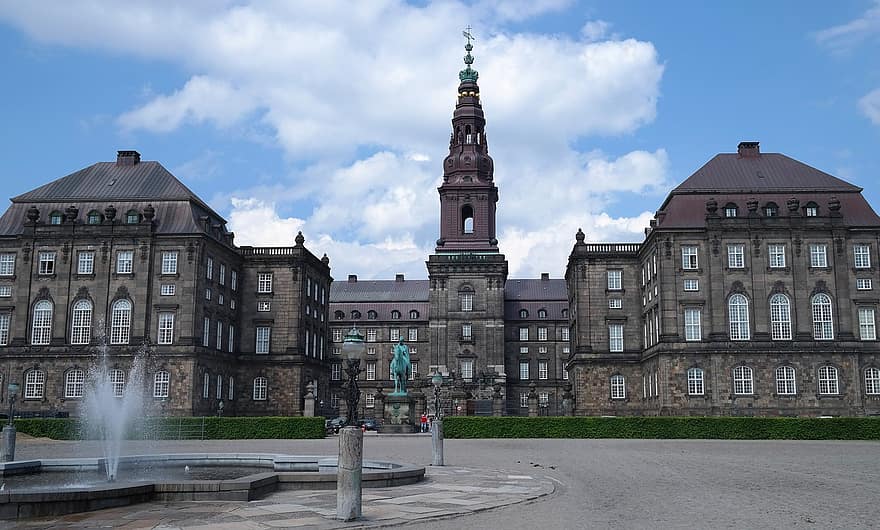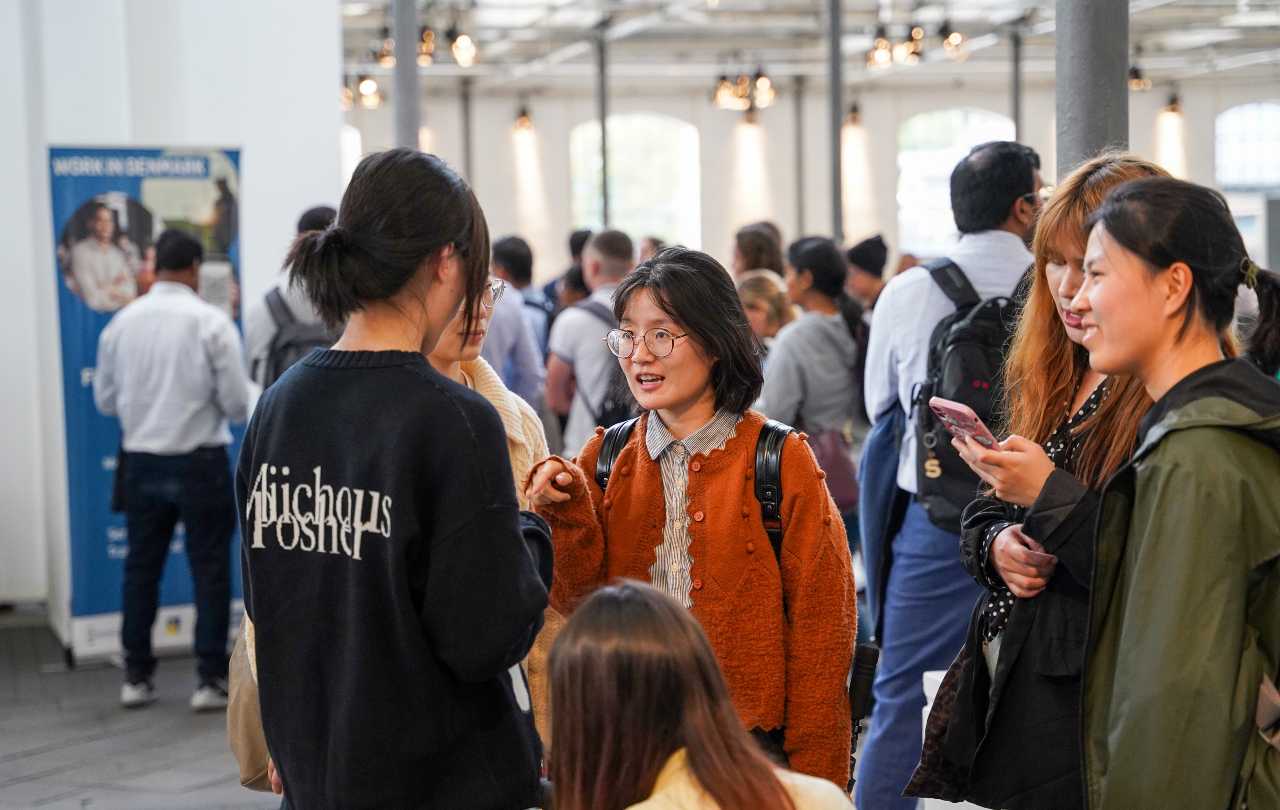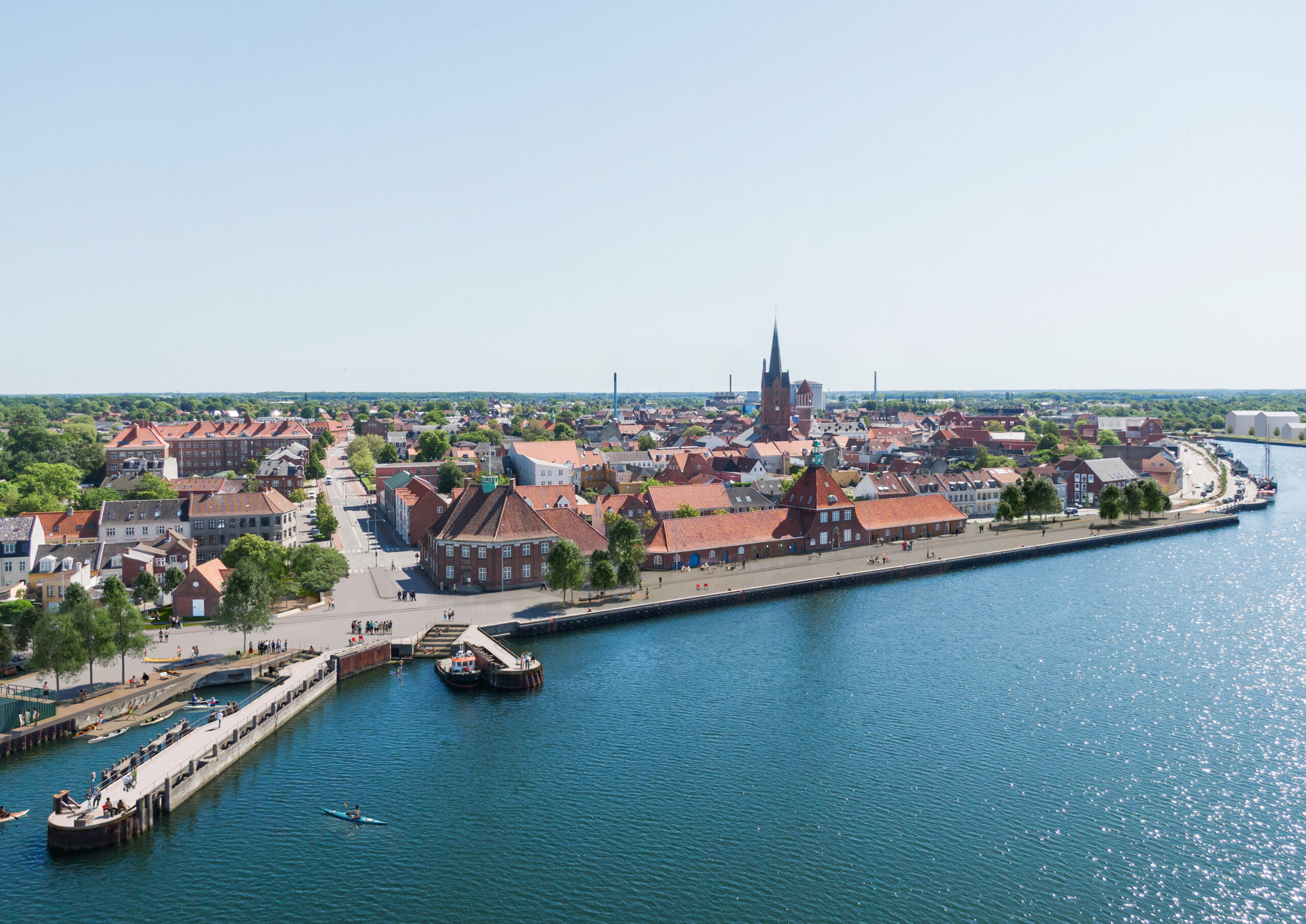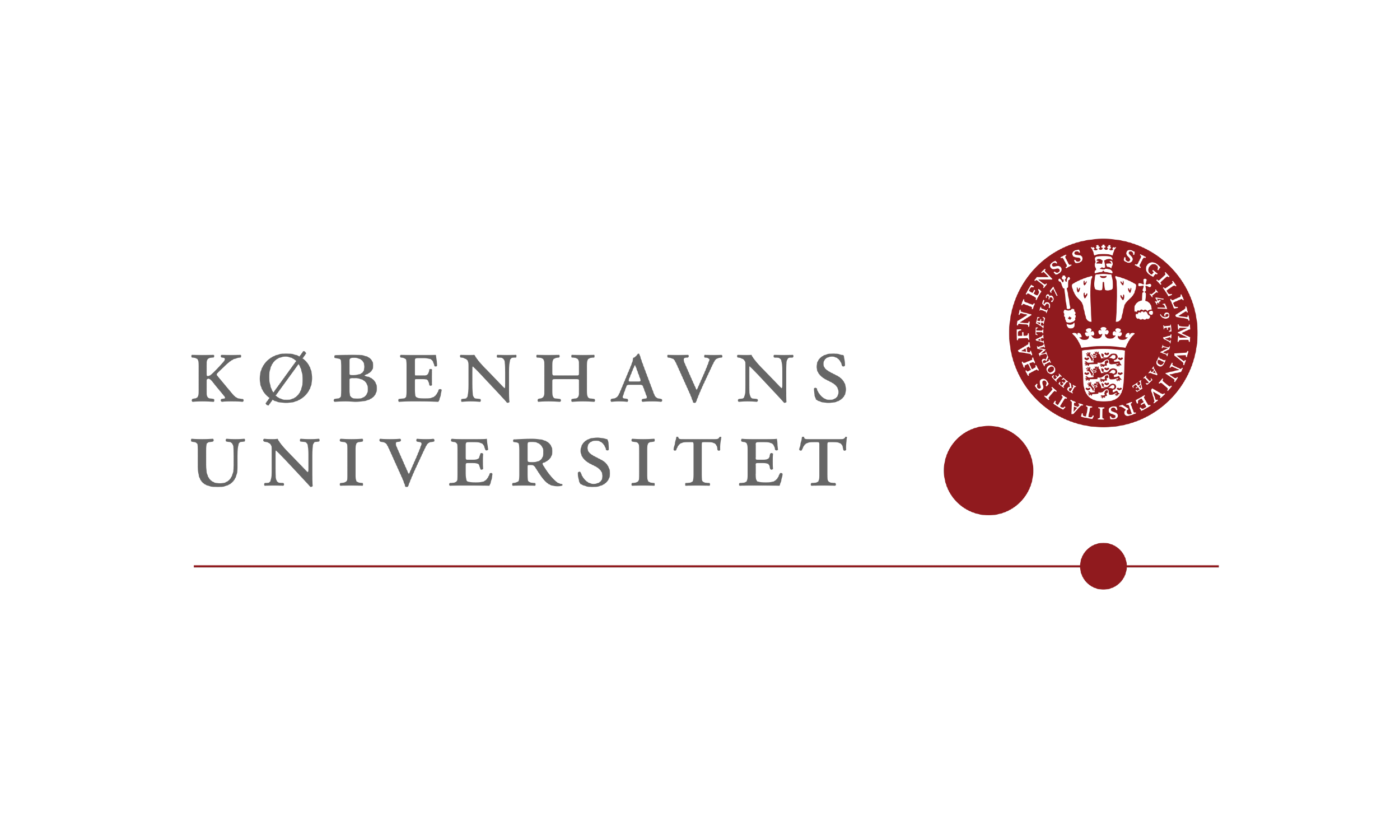A special culture for y oungsters
oungsters
Milkshakes and dangerous rhythms. In the 1950s, young people became ‘teenagers’, and American inspirations could be seen in music, clothing and dance. The exhibition ‘1, 2, 3 o’clock, 4 o’clock ROCK’ at the Museum of Copenhagen recalls the decade in which the worlds of dance, music and young people changed forever.
Jeans and outdoor bales
‘1, 2, 3 o’clock, 4 o’clock ROCK’ examines Copenhagen’s youth culture, as it looked in the 1950s, using dance as a magnifying glass. The exhibition focuses on the very first teenagers in Copenhagen. It’s about jeans bought at sailor stores in Nyhavn, ‘asfaltbal’ (outdoor balls) in Enghaveparken and riots after rock ‘n’ roll concerts in Bellahøj, but first and foremost it is about dancing.
The grip loosened
Something happened on the dancefloor in 1950s Copenhagen. The youngsters let go of their firm grip on each other and let themselves loose on the dancefloor to fast beats and enthusiastic steps. In the beginning they danced to jazz, but later rock ‘n’ roll took over and throughout the decade dancing was something all young people could experience and enjoy together.
An international youth community
While their parents danced the sedate English waltz, teenagers threw themselves into a liberating jitterbug. Young people shared more interests with their peers than with their parents. And together they created a youth community based on music, dance, fashion and everything new from America. The former generation watched in wonder: what was happening on the dancefloor?
Dance as a valve
In the 1950s, the dancefloor was a place young people could meet other young people, unwind and simply be young. It was here today’s youth culture emerged. Dance was an expression of freedom and the joy of life, and was also a valve in the otherwise sinister postwar period. See the exhibition ‘1, 2, 3 o’clock, 4 o’clock ROCK’ at Museum of Copenhagen from 7 September 2012.
Find out more at http://www.cphmuseums.com/.

